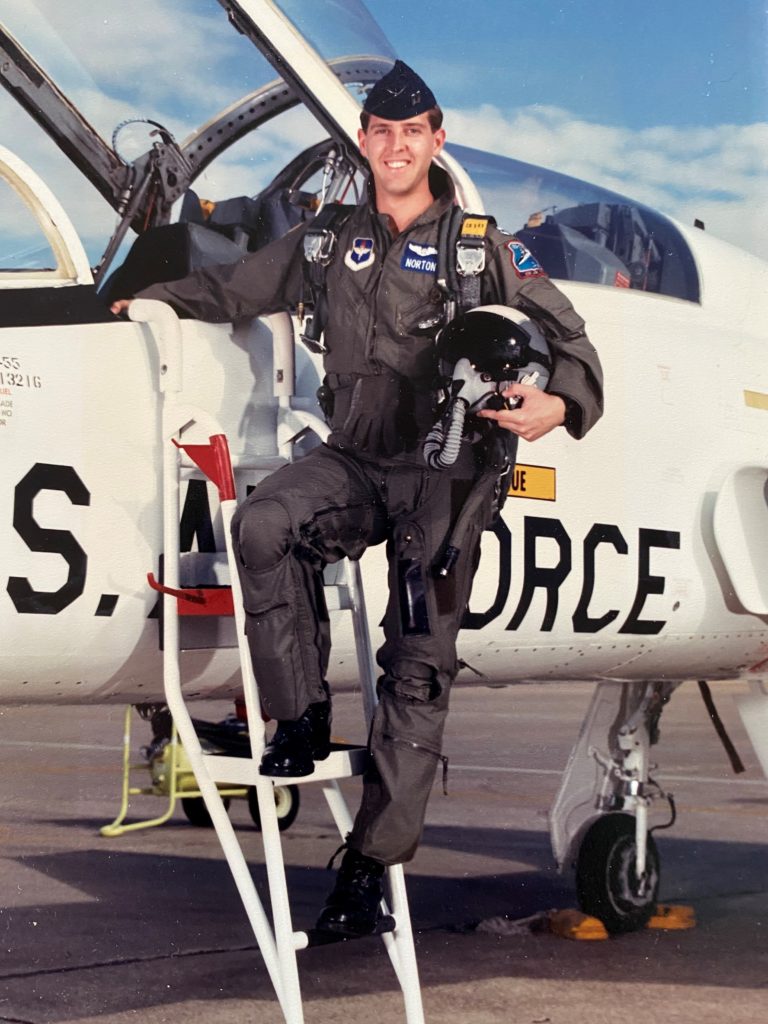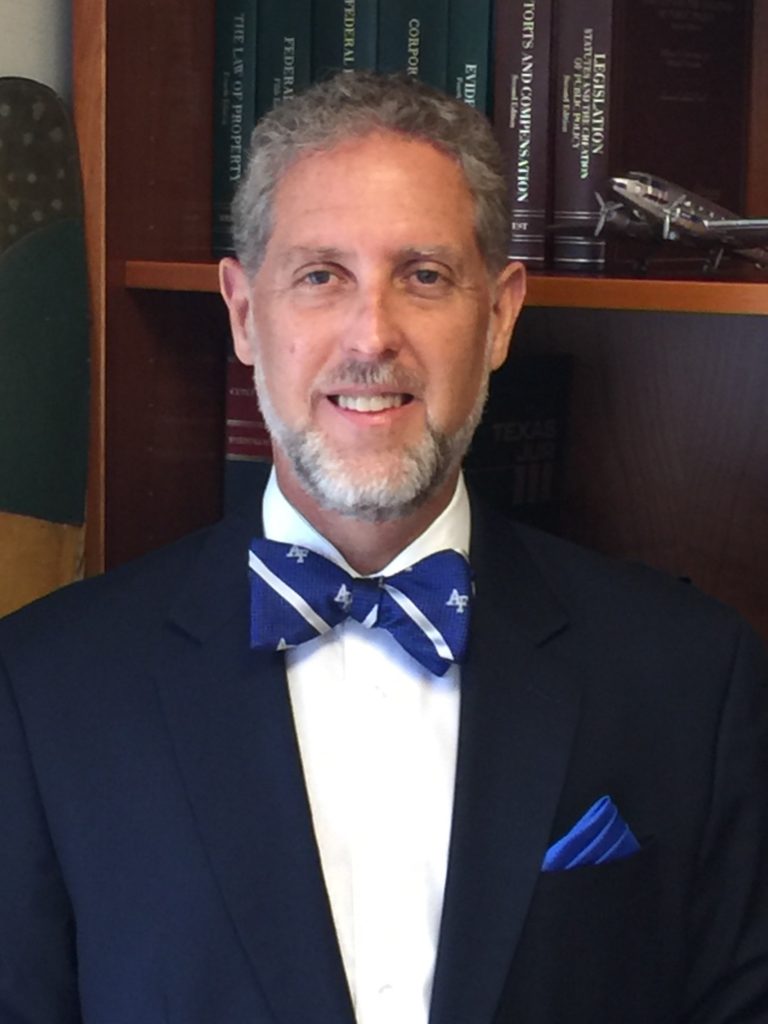I was probably 4 years old, and I instantly fell in love. She was a Ford Tri-Motor (commonly called a “Tin Goose”), built sometime in the 1920s and now being used by a small charter airline to fly passengers on a short hop out to an island in Lake Erie. Climbing up into the airplane, I looked up the aisle, saw the cockpit and was hooked.
Now fast forward 14 years of being fascinated by all things aviation – especially military aviation. Although there was little military background in my family (my parents were civilian schoolteachers, but my father had done his obligatory two-year stint in the U.S. Army), I had heard of the United States Air Force Academy while in high school. The more I learned, the more enamored I became. The thought of serving our country in general, of doing so as a USAF officer, and most importantly of having the chance to interface with military airplanes in any way—maybe even as a pilot—was exhilarating. Somehow, I managed to snag an appointment to the Academy and, even more amazingly to me, graduate from that institution four years later.

After raising my right hand to swear an oath to protect and defend the United States Constitution and pinning on my second lieutenant’s golden “butter” bars, I headed out into the world to begin my active duty service as an officer and aviator. One thing about serving in the U.S. military is that it gives you an awesome amount of responsibility and experience in a very short period of time and at a very young age. Within the following nine years, I would serve briefly as a Boeing KC-135A “Stratotanker” navigator, then primarily as a McDonnel Douglas KC-10A “Extender” pilot, aircraft commander and flight commander. I would become a veteran of, among other things, Operations Desert Watch and Desert Storm (the first Gulf War), Operation Southern Watch (the no-fly zone over Iraq) and Operation Restore Hope (relief operations into Africa). I would have the opportunity to work with—and lead before I had reached the age of 30—incredibly smart, well-trained and professional airman conducting complex flight operations over much of the world. Most importantly to me, I would forever be indelibly imprinted upon by my education at the Academy and my service in the USAF.
At the nine-year point I reached a proverbial fork in the road and had to decide whether to continue my career in the USAF or seek some new challenge. In contemplating which path to take, I remembered back to a class I had taken at the Academy called “Law for Commanders,” my first introduction to the law. I remembered being very intrigued at the time but was anxious to get out and fly so did not give it much further thought. Now, nine years later and having achieved my flying goals (and having heard one day of another pilot who was finishing law school and was going to focus on aviation law—I didn’t even know you could do that!), the thought of taking this new career path began to excite me just as my first experience of flight had opened the world of aviation to me many years earlier.
One of the hardest days of my life was the day that I walked into my commander’s office and submitted my resignation of my commission as a USAF officer so that I could start the aviation law path. As difficult as that was, I knew it was the right decision. Shortly afterward I found myself attending the Southern Methodist University Law School because it was the home of the Journal of Air Law Commerce, which seemed like the logical place to go. While at SMU I had the phenomenal opportunity of serving as the editor of that publication (noting that my experience at the Academy, followed by nine years of active duty service, made me a much better law student than I would have been otherwise), and upon graduation I began to immerse myself in the field of business aviation law.

Now, some 25 years later, I reflect on how and why I traveled down these two separate paths of military aviation and the law, and I see many similarities between them. In both I see key attributes such as service before self, an oath to defend and protect our U.S. Constitution, attention to detail and process, the qualities of teamwork while still taking personal responsibility for getting the job done and the opportunity to work with incredibly dedicated and smart individuals trying to make this world a better place.
I consider myself one of the luckiest people in the word to be where I am today. I know that having the opportunity to live and absorb all of the values and behaviors engrained into me—beginning with the day they shaved off my hair and made me a basic cadet at the Air Force Academy through becoming that captain on an Air Force DC-10—was a bigger force in shaping my life than I can ever acknowledge. It is hard for me to state how much I value all of the education and life experiences I received in the military, and then the opportunity to try to give back in some small measure to our country and our society within the legal community—and just how much that military experience prepared me for a career in the law.
That being said, in no way do I consider myself to be any kind of hero. I am just a very fortunate soul, and I am eternally grateful to the real heroes—all of my fellow brothers and sisters in arms who did not come back from the fight whole or who did not come back at all.
David Norton, MBA, JD, ATP, a graduate of the U.S. Air Force Academy, heads the aviation law practice at Shackelford, Bowen, McKinley & Norton, LLP. An internationally recognized aviation lawyer, he remains an active pilot.
